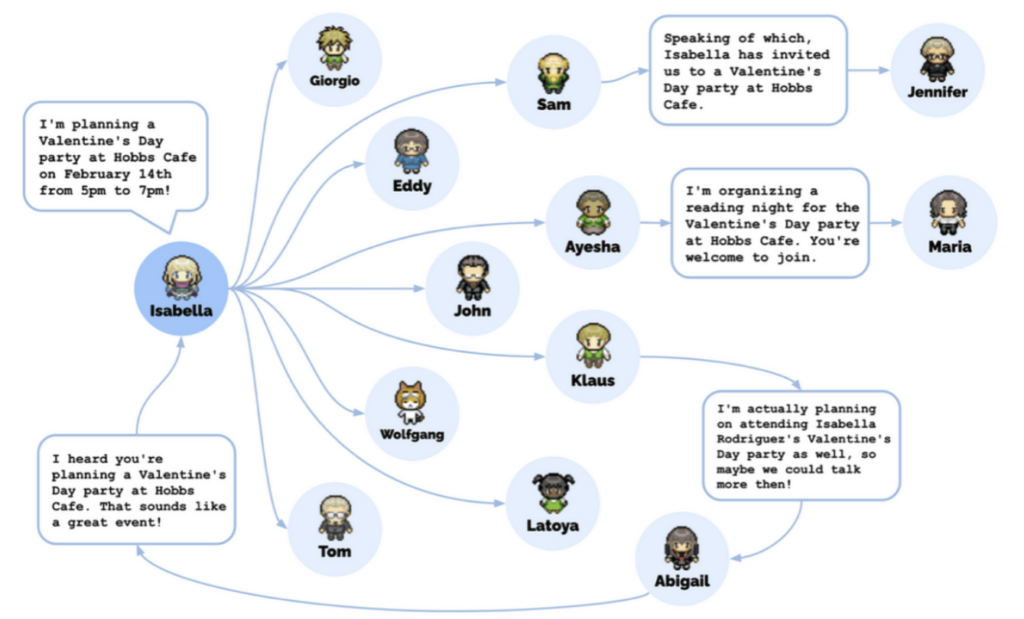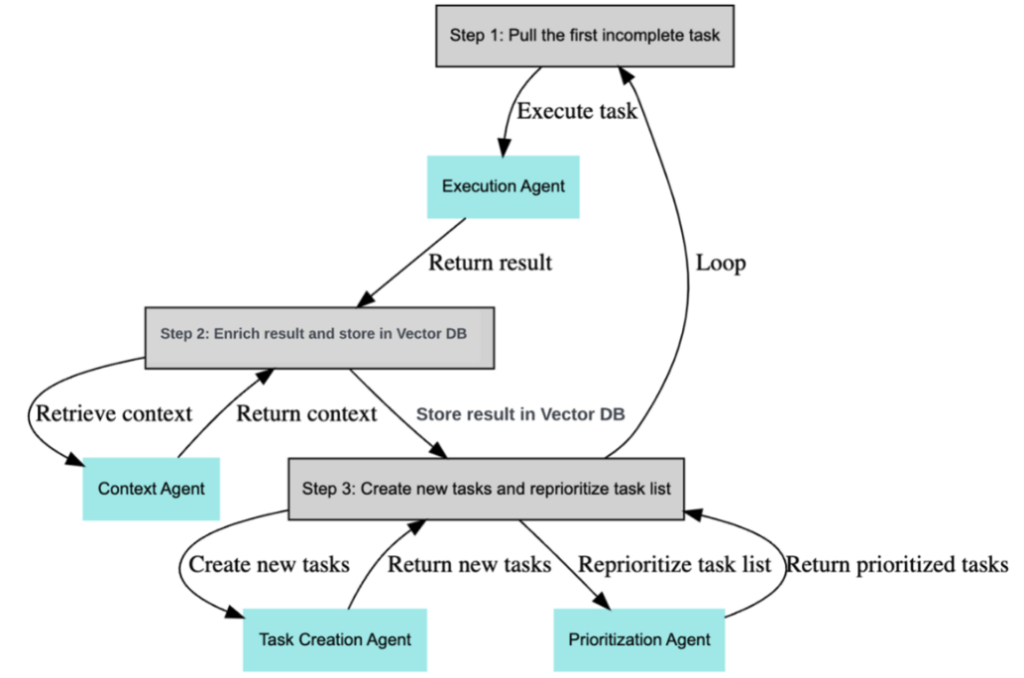Introduction to Autonomous Agents in AI
Over the past 12 months, AI tools have garnered significant attention and generated considerable hype within the tech industry. Initially, the focus was on the metaverse, which was seen as an extension of our existing reality, offering more immersive experiences. However, the emergence of powerful tools such as chatGPT and DALL-E 2 has marked the beginning of a new paradigm.
While the initial excitement surrounding AI tools may have subsided, one area that continues to grow and gain traction is autonomous agents in AI. Although the term ‘autonomous agents in AI’ might not immediately ring a bell, you are likely familiar with many related concepts.
What is an agent?
To begin with, the word agent has nothing to do with AI. An agent is defined as anything that can perceive its environment and act upon that. This concept has been used in different disciplines, like cognitive science, ethics, or social simulations, but it comes from economics, where a “rational agent” is defined as anything with a goal. The Matrix (1999) already used this concept, playing with this double meaning as a govern agent and software agent, which can respond to inputs and operate on given instructions.
The Stanford Encyclopaedia of Philosophy defines artificial intelligence as “the study of agents that receive precepts from the environment and perform actions”. Each such agent implements a function that maps percept sequences to actions, and we cover different ways to represent these functions…” (Russell & Norvig 2009, vii).
So if AI is the study of agents, this is an important topic.
Now you have the idea, where is the hype?
Researchers from Stanford and Google created an interactive environment with 25 AI agents that simulate human behavior. You can see the full paper here. It is not just a bunch of pixel dolls walking around and having bot conversations; they remember those conversations, join for coffee at a cafe, a walk in the park, etc. These bots were able to respond to the environment by splitting complex tasks and giving priority over time. They could even prepare a Valentine’s Day party by themselves:
“For example, starting with only a single user-specified notion that one agent wants to throw a Valentine’s Day party, the agents autonomously spread invitations to the party over the next two days, make new acquaintances, ask each other out on dates to the party, and coordinate to show up for the party together at the right time.”

It looks like some folks just put some LLMs to talk to each other, but that is just the surface. There are some cool and promising projects trying to implement the best Autonomous Agent in AI possible, like Camel, AutoGPT (from OpenAI), or BabyAGI, and each one has a different approach. Let’s take for instance BabyAGI, which autonomously creates and performs tasks based on an objective, following their Github:
The script works by running an infinite loop that does the following steps:
- Pulls the first task from the task list.
- Sends the task to the execution agent, which uses OpenAI’s API to complete the task based on the context.
- Enriches the result and stores it in Chroma/Weaviate.
- Creates new tasks and reprioritizes the task list based on the objective and the result of the previous task.

Another example is this new tool developed by HyperWrite that can connect to the internet and take control of your computer and order a pizza from Domino’s for you:
AutoGPT agents like Hyperwrite AI can do everything for you from generating creative poetry to ordering pizza 🤯
Discover the AI way to interact with the internet!! pic.twitter.com/n9XrS9JZvA
— Shubham Saboo (@Saboo_Shubham_) April 14, 2023
What is next?
So, as you can see, autonomous agents in artificial intelligence are powerful tools able to perform tasks and make decisions independently, without human intervention. The uses of these agents have potential to revolutionize various industries and domains, like healthcare, transportation, finance and customer service. However, with their increasing integration into society, it becomes crucial to examine the implications of this technology. Several topics need to be discussed.
Ethical Concerns:
As autonomous agents become more sophisticated and capable, ethical considerations become paramount. Questions arise regarding the decision-making process of these agents and the accountability for their actions. Who should be held responsible if an autonomous agent makes a mistake or causes harm? Establishing ethical guidelines and legal frameworks is crucial to ensure that agents operate in a responsible and accountable manner.
Job Displacement:
Since this technology is designed to perform tasks traditionally done by humans, it raises questions about the future of employment. While some argue that AI will create new job opportunities, others fear that certain industries and professions may become obsolete. Preparing for this potential shift in the job market and finding ways to re-skill and up-skill the workforce are critical considerations.
Privacy and Data Security:
Autonomous agents rely on vast amounts of data to make informed decisions and provide personalized experiences. However, this raises concerns about privacy and data security. As these agents interact with users and collect sensitive information, ensuring the protection of personal data becomes paramount. Robust security measures, data anonymization techniques, and transparent data usage policies must be implemented to address these concerns.
Bias and Fairness:
Autonomous agents are trained on large datasets, which can inadvertently introduce biases present in the data. If these biases are not identified and mitigated, autonomous agents can perpetuate discriminatory practices or amplify existing societal inequalities. Developing algorithms that are fair, transparent, and free from bias is crucial to ensure equitable outcomes in the deployment of autonomous agents.
Human-Autonomous Agent Collaboration:
While the autonomy of these agents is a defining feature, ensuring effective collaboration between humans and autonomous agents is essential. Building systems that allow cooperation between humans and agents can lead to better productivity, decision-making, and problem-solving. Designing user-friendly interfaces and fostering trust and transparency in human-agent interactions are important factors to consider.
Take-away on Autonomous Agents in AI
Are Autonomous Agents the next step in AI? Well… it’s kinda soon to know. At this moment, all the projects use the ChatGPT API, since it’s the LLM that gives the best performance, so building several agents talking to each other is relatively expensive. Also, since the agent needs a response from another agent to start processing the next request, it makes the process slow, and other problems like hallucinations can interfere in the process.
Remember, we are still on the first steps on AI, but the adoption curve has been almost non-existent for a product like ChatGPT, so the projects above mentioned are just the first early steps to something bigger than what we currently have.
Want to know more? Make sure to read some of our other blogs.